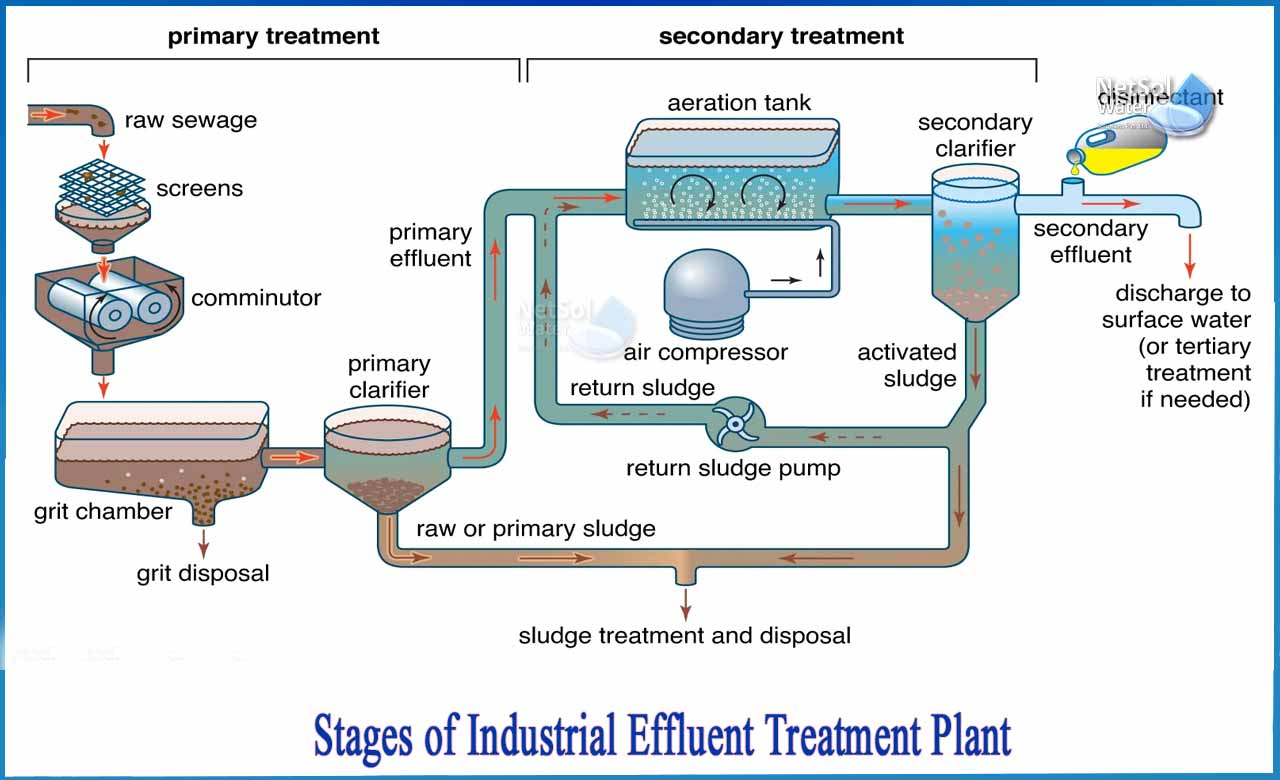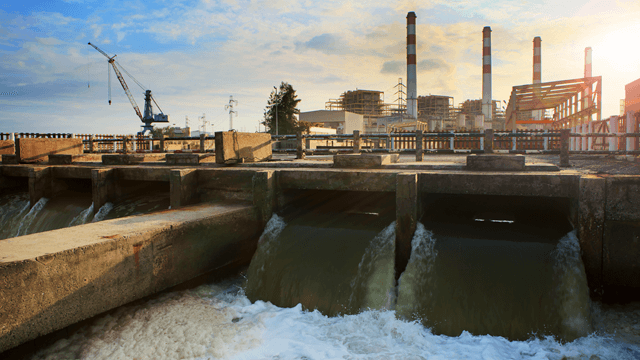Industrial Waste Water Treatment-- Secure the Setting with Expert Water Treatment Services
Wiki Article
Trick Methods in Industrial Waste Water Therapy Procedures
The treatment of industrial wastewater is a crucial element of ecological management, including an array of techniques created to mitigate the influence of contaminants. Improvements in innovations such as membrane purification and progressed oxidation processes supply cutting-edge solutions for improving treatment efficacy.Physical Treatment Techniques
Exactly how efficiently can physical therapy approaches resolve the complexities of industrial wastewater? Physical treatment techniques play a critical duty in the preliminary stages of wastewater management, concentrating largely on the removal of solids and large particulates. Strategies such as flotation protection, sedimentation, and filtering are crucial for reducing the focus of put on hold solids, consequently improving the effectiveness of subsequent therapy procedures.Sedimentation includes the gravitational settling of solids, permitting for the separation of heavier products from the wastewater. This method is especially effective in clearing up water prior to chemical or organic therapies.
Furthermore, flotation protection techniques, which make use of air bubbles to lift put on hold solids to the surface for elimination, are effective in treating wastewater with high focus of fats, oils, and greases. On the whole, physical treatment techniques work as an essential initial step in the comprehensive monitoring of industrial wastewater, making sure that the lots on succeeding treatment phases is reduced and boosting overall therapy efficiency.
Chemical Treatment Methods
While physical therapy approaches prepared for effective wastewater monitoring, chemical treatment strategies are crucial for attending to the more intricate pollutants often discovered in industrial effluents. These techniques utilize different chemical agents to speed up, neutralize, or oxidize unsafe substances, making certain a more thorough removal of toxins.
One common strategy is coagulation and flocculation, where chemical coagulants such as aluminum sulfate or ferric chloride are contributed to advertise the aggregation of suspended fragments. This process improves solid-liquid splitting up, decreasing turbidity and boosting water top quality. In addition, neutralization processes are used to adjust the pH of wastewater, making use of bases or acids to counteract acidic or alkaline streams, respectively.
Oxidation-reduction reactions play a vital function in derogatory organic impurities and virus. Chemical oxidants like ozone, hydrogen, or chlorine peroxide are utilized to break down intricate natural substances, making them less unsafe or much more biodegradable. Progressed oxidation processes (AOPs) combine multiple oxidation techniques to boost toxin elimination performance.
Biological Treatment Processes
The efficiency of wastewater therapy is substantially enhanced by biological therapy processes, which harness the all-natural metabolic tasks of bacteria to disintegrate raw material and get rid of toxins. Industrial Waste Water Treatment. These procedures primarily entail aerobic and anaerobic food digestion, each tailored for specific kinds of wastewaterCardio therapy procedures use oxygen to sustain microbial development, advertising the malfunction of organic pollutants into carbon dioxide and water. Typical techniques include triggered sludge systems, where oygenation tanks promote the blending of wastewater with microbes, and trickling filters, which motivate biofilm development on media surface areas.
On the other hand, anaerobic treatment processes her comment is here take place in the lack of oxygen, utilizing anaerobic microorganisms to break down raw material, leading to biogas production, a sustainable power source. Anaerobic digesters are frequently used in commercial setups for this purpose, effectively minimizing the quantity of sludge while producing valuable biogas.
The selection of a biological therapy approach relies on wastewater characteristics, treatment goals, and regulative criteria. The assimilation of biological processes in wastewater therapy not just enhances contaminant removal effectiveness yet also promotes sustainability by minimizing chemical use and supporting resource recovery.
Advanced Oxidation Processes

Usual AOP strategies consist of Fenton's ozonation, photocatalysis, and reagent. Fenton's reagent, a combination of hydrogen peroxide and ferrous iron, catalyzes the formation of hydroxyl radicals, making it reliable for treating wastewater consisting of phenolic substances and various other stubborn substances.
AOPs supply numerous benefits, consisting of lowered sludge manufacturing and the ability to deal with wastewater with high focus of natural contaminants. The execution of AOPs calls for mindful factor to consider link of functional parameters use this link and cost-effectiveness, making certain that these advanced methods are properly incorporated right into existing wastewater treatment systems.
Membrane Purification Technologies

Microfiltration works for eliminating suspended microorganisms and solids, while ultrafiltration targets smaller sized natural molecules and viruses. Nanofiltration links the gap in between ultrafiltration and reverse osmosis, efficiently getting rid of natural substances and divalent ions. Reverse osmosis gives the highest degree of filtration, made use of largely for desalination and eliminating mono-valent ions.
Membrane modern technologies supply various advantages, including low energy intake contrasted to standard therapy approaches, modular layout for scalability, and the potential for water healing and reuse. Challenges such as membrane fouling and the demand for normal maintenance have to be addressed to make sure system efficiency. Overall, membrane filtering innovations stand for an important component of contemporary commercial wastewater therapy strategies, promoting sustainability and resource preservation in water monitoring.
Final Thought
Finally, industrial wastewater treatment employs a varied variety of techniques, consisting of physical, chemical, organic, and progressed methods. Each approach plays a crucial role in successfully dealing with numerous contaminants, boosting water high quality, and advertising resource sustainability. The assimilation of these techniques cultivates a thorough treatment method, guaranteeing that industrial effluents satisfy regulatory requirements while decreasing ecological effect. Proceeded developments in these methods will certainly additionally enhance the efficiency and efficiency of wastewater treatment procedures in commercial setups.The therapy of industrial wastewater is an important element of ecological management, including a variety of methods designed to minimize the impact of pollutants.Just how effectively can physical therapy approaches deal with the intricacies of commercial wastewater?Advanced oxidation processes (AOPs) represent a cutting-edge method in commercial wastewater treatment, developed to effectively break down organic contaminants that are commonly immune to standard therapy methods (Industrial Waste Water Treatment).In final thought, industrial wastewater therapy uses a diverse range of strategies, including physical, chemical, biological, and progressed methods. Continued developments in these techniques will certainly better improve the efficiency and efficiency of wastewater therapy processes in commercial setups
Report this wiki page